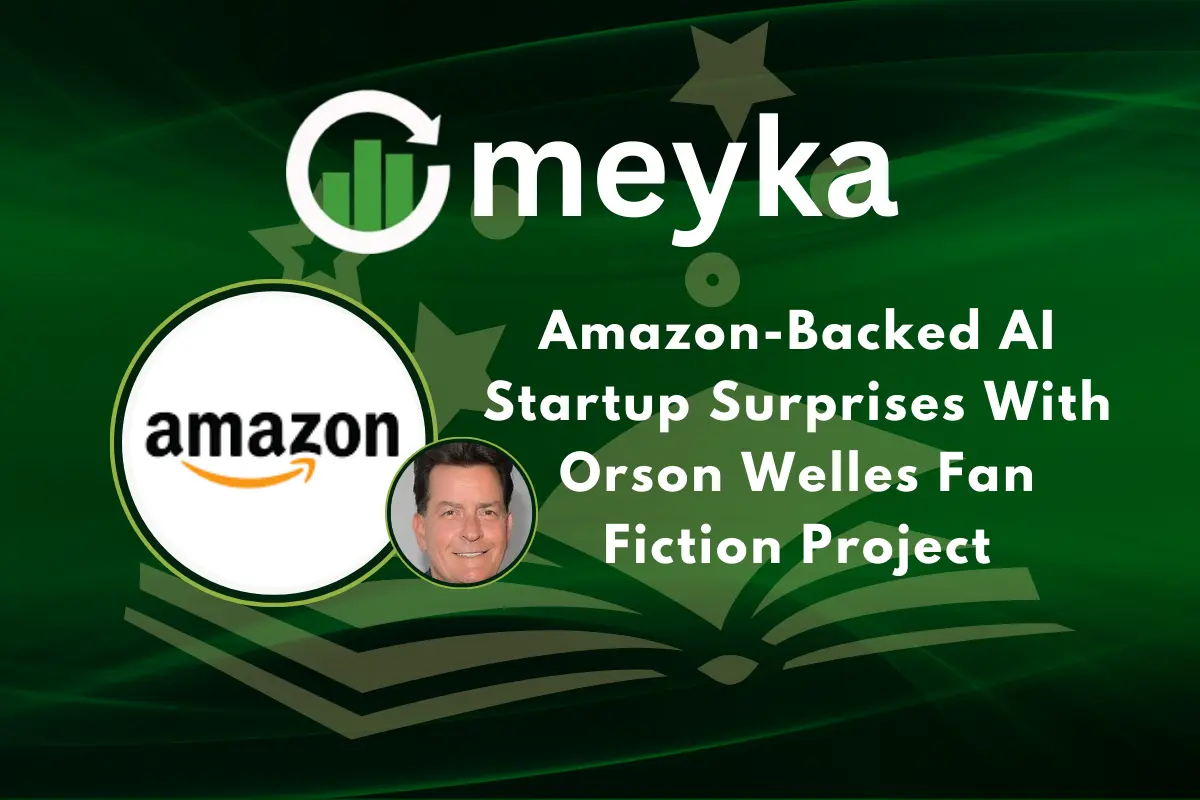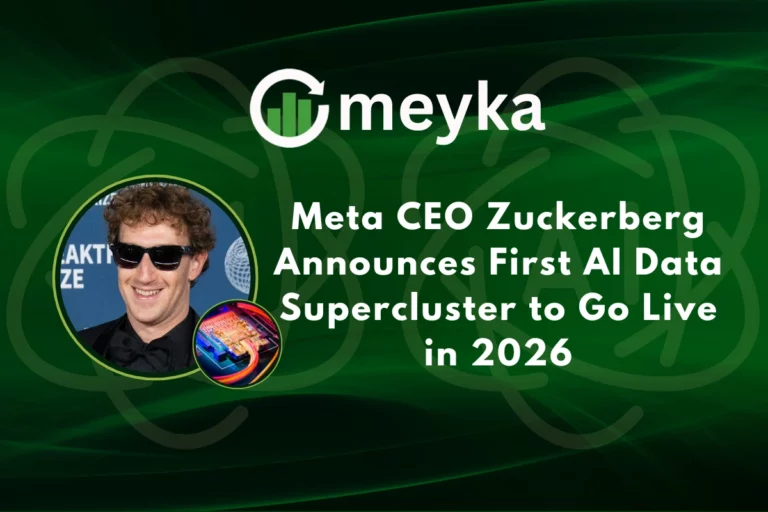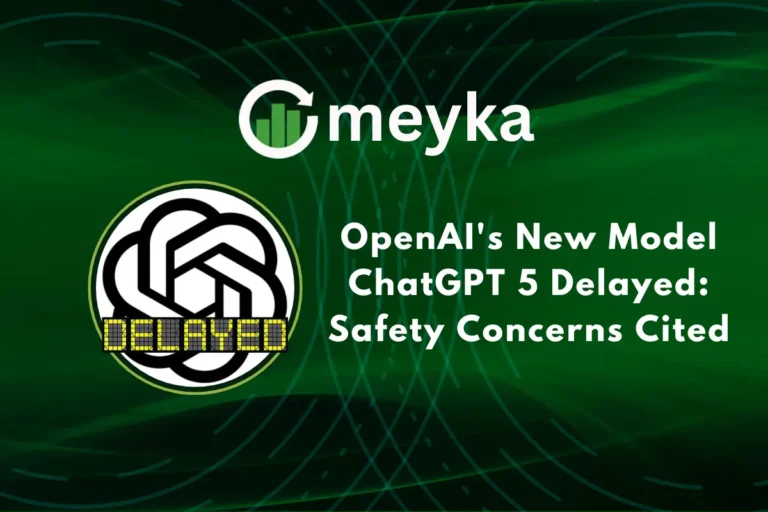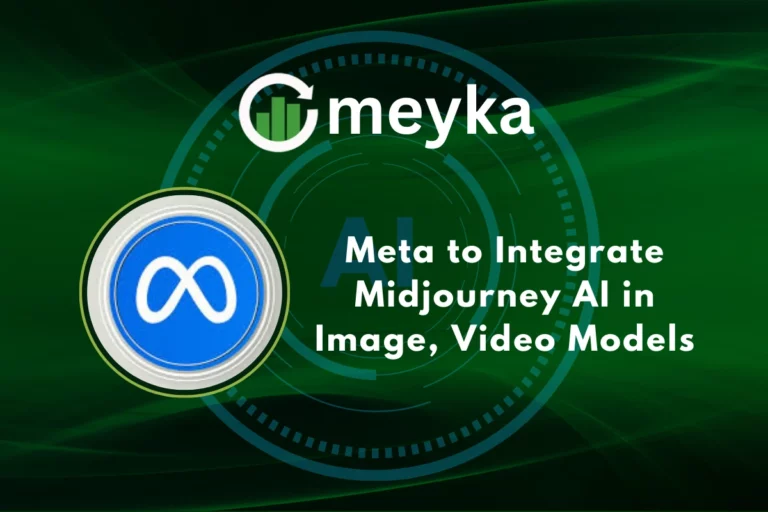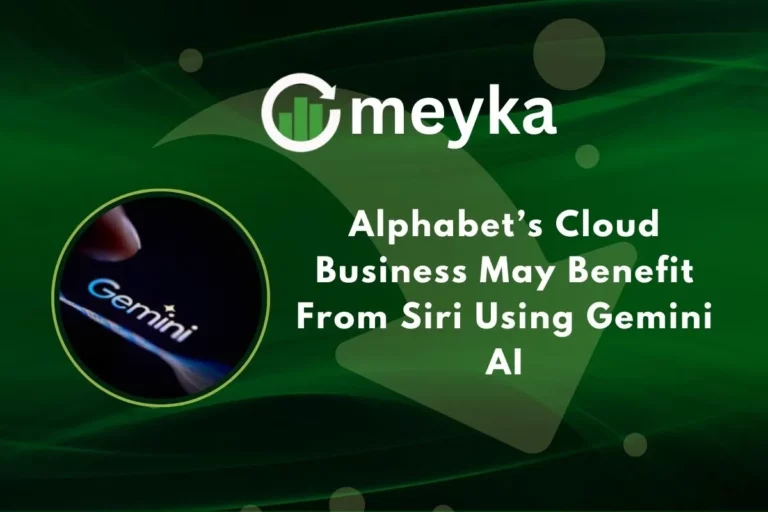Amazon-Backed AI Startup Surprises With Orson Welles Fan Fiction Project
In the world of technology, we expect big companies to launch tools that make life easier, faster, and smarter. What we don’t often expect is an AI project that dives into classic Hollywood. That’s exactly what happened when an Amazon-backed startup revealed a fan fiction experiment inspired by Orson Welles.
Welles, the creative mind behind Citizen Kane and famous radio dramas, shaped how we see movies and storytelling. Decades later, we find AI trying to capture his voice, style, and imagination. It feels like history meeting the future on the same page.
The idea sounds unusual, but it opens new doors. Can AI bring back lost voices of the past? Can machines learn to tell stories that feel human, emotional, and timeless? As readers and viewers, we get to explore that question firsthand.
This project is not just about entertainment. It’s about testing how far technology can go in shaping culture. It makes us think about the role of AI in creativity, and whether the stories of yesterday can inspire the storytellers of tomorrow.
Background: The Startup And Amazon’s Role
A startup called Fable Studio runs an AI platform named Showrunner. Showrunner lets users generate long-form TV and film content with AI tools. Amazon’s Alexa Fund has invested in Fable. The funding is part of Amazon’s broader push into AI-powered media and interactive entertainment. Fable markets Showrunner as a place where creators can build new episodes and experiment with established stories using AI. Reporters note the startup’s rapid rise and its goal to bring AI into mainstream storytelling.
Why Orson Welles?
Orson Welles is one of cinema’s most talked-about figures. His 1942 film, The Magnificent Ambersons was cut and changed by the studio. About 43 minutes of Welles’s original footage were removed and later destroyed. That missing footage is a long-standing mystery in film history. The idea of reconstructing those minutes appeals to film fans and historians. It also makes a dramatic test case for AI tools that try to mimic old styles and lost work.
Amazon: The Fan-Fiction Project Explained
Fable’s Showrunner announced a plan to recreate the missing 43 minutes. The effort aims to blend AI outputs with traditional filmmaking work. Filmmaker Brian Rose and VFX specialist Tom Clive are part of the team.
Fable says the project is mainly a technical demonstration. The company is not planning an immediate commercial release because Warner Bros. Discovery owns the original film rights. The plan is described as a proof of concept for long-form AI storytelling. Journalists summarized the project as a bold, controversial experiment that tests both craft and technology.
Technology Behind The Project
The project uses generative models for language, image, and motion. Fable’s Showrunner reportedly unveiled a model called FILM-1 for cinematic reconstruction. The model combines archival scripts, storyboard notes, set photos, and surviving footage. AI helps suggest camera moves, lighting, and line delivery. Human artists then refine the output. Academic work on pastiche and long-form generation shows that layered training and agent-based systems help keep characters and plots coherent. Still, turning scattered archival material into a unified scene is hard. Expect many rounds of human editing.
Cultural And Creative Impact
Recreating a lost Welles scene raises big cultural questions. For some fans, it is a chance to see a new version of a classic. For film historians, it offers clues about Welles’s intentions. Others worry about authenticity. AI can imitate style, but it cannot live the original artist’s choices. The project may expand interest in film restoration. At the same time, it may change how people think about authorship. Some viewers may accept AI reconstructions as useful art. Others may see them as convincing copies that blur the line between tribute and forgery.
Commercial And Strategic Implications
Amazon’s backing is strategic. The firm wants tools that feed Prime Video, Audible, and the Kindle ecosystem. AI-made scenes and audio could be repackaged as extras, learning tools, or limited releases. Companies may also test subscription services where users create or remix content. That could reshape how studios source ideas and cut costs. But rights and licensing remain hurdles. If rights holders refuse permission, the output may stay as a non-commercial demo. The industry will watch closely.
Criticism And Ethical Questions
The Orson Welles estate publicly objected to the plan. The estate said it was not given a heads-up and called the announcement disappointing. Critics raise concerns about posthumous consent. Other concerns include false history, deepfake-style misuse, and the economic impact on living creators. Some warn that AI projects risk trading nuance for novelty. Legal experts say copyrights, moral rights, and licensing will drive many outcomes. The debate is likely to shape future rules for AI reconstructions.
Future Of AI And Storytelling
This project shows where storytelling tech is headed. AI can produce long, coherent narratives that once seemed out of reach. Tools that combine multi-modal models and human craft will grow. Expect more experiments in film, music, and games. Studios may use AI to restore, reimagine, or expand older works. At the same time, new standards for consent, credit, and compensation will be needed. The art world will have to balance curiosity with respect for creators and history.
Wrap Up
The Fable Showrunner idea is both daring and divisive. It speaks to a broader moment when tools can reproduce style and substance at scale. The project may help preserve culture or it may spark more fights over rights and taste. Either way, the experiment will influence how the film world and technologists talk about art, loss, and the power of machines to tell stories.
Disclaimer:
This is for informational purposes only and does not constitute financial advice. Always do your research.
